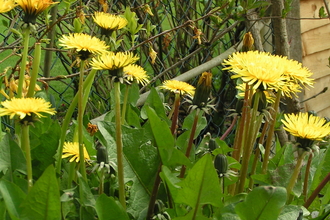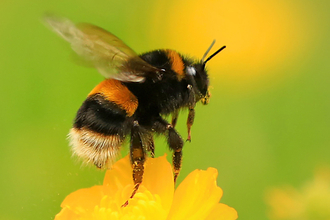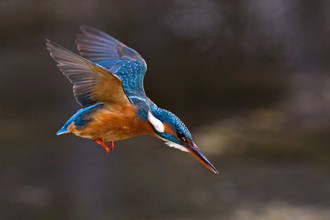Back in my school days, I knew only one thing about dandelions: that if I got too close to them, they would make me wet the bed. No one explained how or why that might happen, but as most of my friends went out of their way to avoid the profusion of yellow flowers around the school fields, I did the same.
Dandelion: friend or foe?
Jon Hawkins
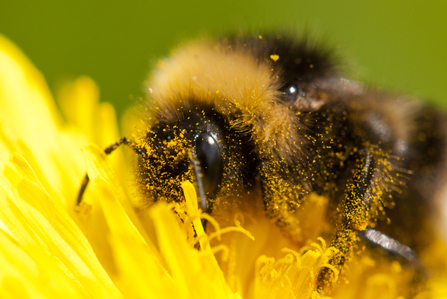
Katrina Martin
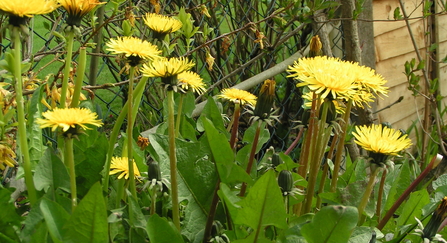
Richard Burkmar
Of course, that was a myth based on the reputed diuretic properties of dandelions (French for “tooth of lion”) spanning many centuries. Apothecaries prescribed dandelion root to patients with liver and kidney issues, believing that their ability to flush out fluids would help cure those ailments.
Other myths surrounded this bright flower too. Wiccan beliefs indicated that dandelions put in the north east of a house would keep away the freezing winds from the north.
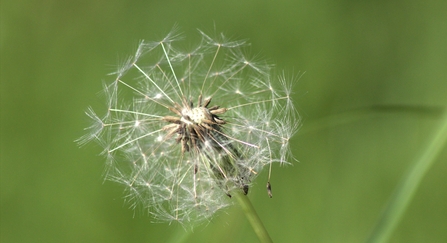
Lauren Heather
The seed heads were used as a device to make a wish; blow the fluffy heads away, close your eyes and make a wish. From my experience, sadly this isn’t true either. In fact, I found that trying this resulted in some bad luck, when I blew the seeds into a prevailing breeze and ended up with one wedged in my eye for ten minutes.
There are many other myths throughout history but in the modern era, most people recognise dandelions as one thing only: a dreaded garden weed. Many notable gardeners have referred to them as a gardener’s worst enemy. One thing that we must give dandelions credit for is their incredible adaptability.
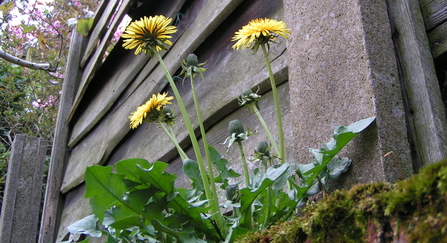
Richard Burkmar
There are very few places that these hardy flowers can’t grow. They will even happily germinate from the smallest cracks in pavements and patios. But anyone with a garden will know that the biggest frustration caused is the infiltration of armies of dandelions onto their lovely flat, grassy lawn.
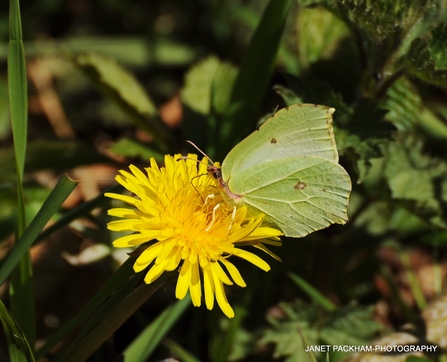
Janet Packham Photography
From the point of view of a pollinating insect, there is nowhere worse than a sterile green lawn, bereft of any pollen sources. Bees, butterflies and other insects depend on the nectar provided by the plants that many people refer to as weeds.
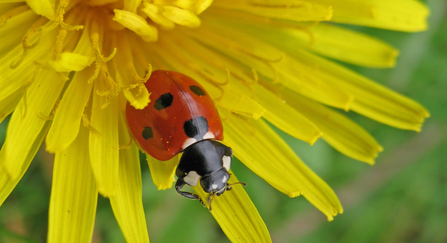
Rachel Scopes
And we can benefit from dandelions too: the flowers can be coated in batter and fried into tasty dandelion fritters. The young leaves can be harvested as an accompaniment to a green salad. The leaves and flowers both contain essential vitamins, though it isn’t recommended that we eat the stalks, which can cause an upset stomach for some people.
So, the next time you hear a gardening expert talk about these wild flowers as if they were a pest, just remember that everything that grows is of use to something; even the ones that were always told would make us wet the bed.
(Note: if you do intend to forage for dandelion flowers and leaves, avoid collecting them from roadside verges or around fields that may have been sprayed with pesticides. Always only take what you need and made sure plenty are left for the insects that really do need them).

Stuart and Maude


